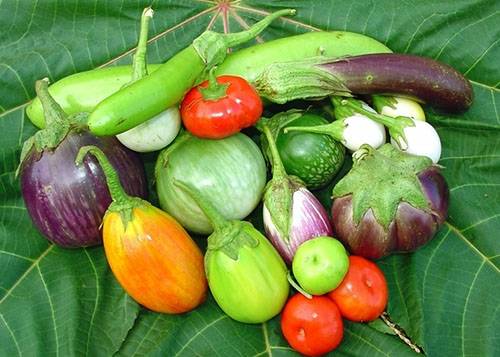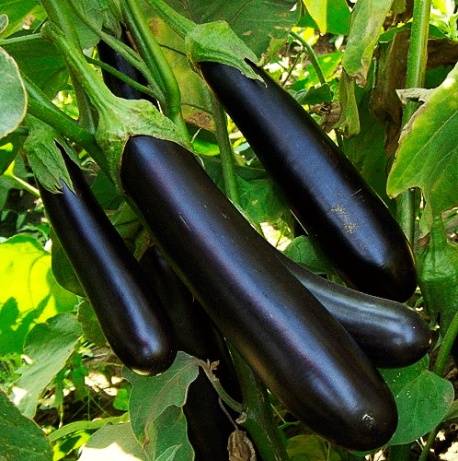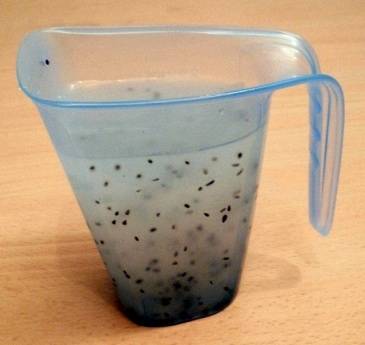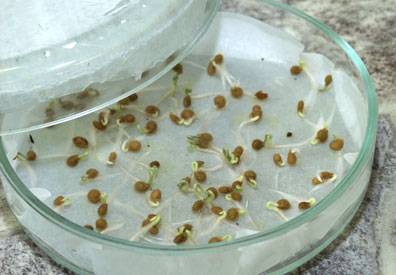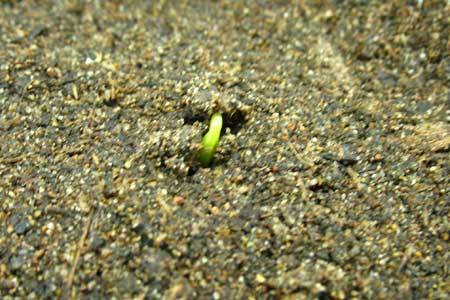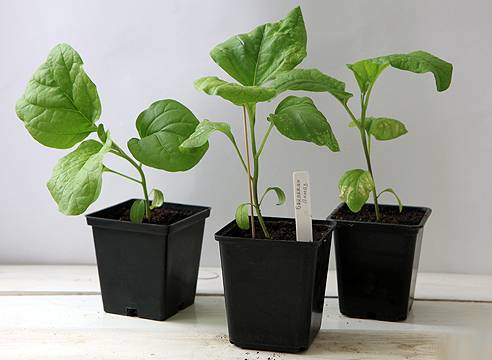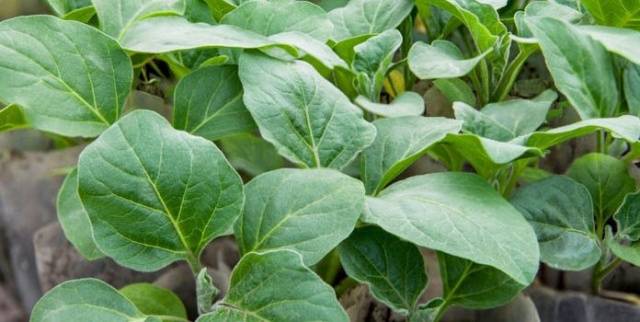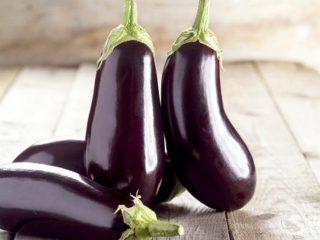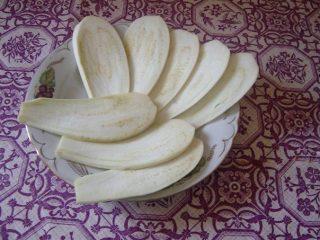Content
Eggplants, or simply blue ones, are difficult to attribute to the favorites of our gardens. They will certainly give way to cucumbers and, of course, tomatoes. It's not even worth talking about potatoes - this is the second bread on every table. And it doesn't matter at all whether it is a festive table or an ordinary one. But in terms of its taste, eggplants will undoubtedly compete with any dish on the table. In this case, only the ability to cook them is important.
Of course, you can't eat eggplants straight from the bush like a cucumber or tomato. They require additional care when growing, unlike zucchini and onions with garlic. It is believed that eggplants are finicky and thermophilic. They need a lot of water, but they cannot tolerate excess moisture. Being thermophilic plants, serve eggplants for almost 4 months of warm, comfortable weather with a rich diet. They do not tolerate crowding and extraneous infusions.
But at the same time, almost all gardeners grow eggplants. Grown for a bountiful harvest, aesthetic beauty of the plant and amazing taste. This article is devoted to one of the representatives of the nightshade family - the variety "Eggplant Long Purple", or in Russian - "Eggplant Long Purple".
Variety characteristic
There are many varieties of eggplant, but Long Violet is the only one. The number of varieties of eggplant has long exceeded many tens. And this is not at all blue, as everyone used to call them. But traditionally, in most vegetable gardens, the most popular are eggplant varieties with a purple color. It is precisely to such eggplants that the Long Purple variety belongs.
This variety of eggplant cannot amaze with anything particularly surprising. But its characteristics are so balanced and complete that it is difficult to find another of the same variety:
- compact plant and unlike other varieties, it does not fill the entire surrounding space. The height of the plant is not more than half a meter;
- good early maturity eggplant for central Russia and northern regions of Ukraine. If you correctly distribute the timing of growing seedlings and planting in open ground, then it is quite possible to get the first harvest by the end of June or the beginning of July. The manufacturer guarantees the receipt of eggplant fruits after 90 - 105 days. By this time, at least 10 eggplants will be planted on the plant. In total, these fruits in a mature state will exceed the weight of 3 kg. Their average dimensions are within 300 mm. in length and 50 mm. in diameter. They fit well in the hand when harvesting;
- appearance fruits of this variety are beyond praise. Eggplants are even in size, dark purple in color, long and slightly glossy;
- the fruit pulp is tender and compact with few seeds;
- the yield of the first eggplant harvest is maximum, which allows you to plan procurement activities for a long period;
- taste of the variety are distinguished by their sophistication and characteristic eggplant aroma. The technological characteristics of the variety are not inferior to the taste indicators;
- this type of eggplant is excellent not only for the current preparation, but also for canning and pickling.
Chose a variety - it's up to the seedlings
Since we have already decided on the variety in this article, then all events with the process of growing eggplant should be attributed only to it. Although there will be no big changes in the technology of growing these plants of various varieties.It is quite easy to order the required amount of seeds of this variety. This is a significant number of online stores that accept payments from any cards, up to WebMoney. There are many specialized kiosks, stands in supermarkets and various markets.
Whether the seeds sold are of good quality is a question for our own practice and forums on specialized sites. But since gardeners and gardeners purchase seeds for a limited number of seedlings, there are often enough seeds. Even with their poor quality. The main thing, while waiting for the fulfillment of an order for seeds, is not to miss the timing of their planting. February, for central Russia, is the starting point, the beginning of the garden action.
Time to start implementing your eggplant strategy:
-
First of all, we choose the best quality eggplant from the purchased seeds. To do this, it is necessary to prepare a solution of table (ordinary) salt, dissolving 60 g in 5 liters of warm tap water. Then, you need to put all the eggplant seeds there and, while stirring, soak in this solution for about 5 minutes. The floating seeds - drain. Seeds that have settled to the bottom - rinse thoroughly;
-
place them for a short time in a medium (red) solution of potassium permanganate. Duration of exposure - 20 or 25 minutes. After that, rinse with clean water and put into a container with a growth stimulator or a solution of microelements. This period will be slightly longer - 10 - 12 hours;
- put prepared eggplant seeds on wet cosmetic discs in a flat tray and cover them with them. Cover with glass and leave alone for 3 days, at a temperature of 270 – 300;
-
during this time, the eggplant seeds should hatch and one more sorting can be done. Now you can prepare for their seedlings;
Spring and first seedlings
Eggplant seeds hatch. It's time to transplant them into prepared soil. There is nothing tricky about the soil itself. The usual seedling soil, which every gardener prepares in the fall. It consists of a mixture of river sand, good humus and garden, sod land in a ratio of 1: 3: 5. Now the process of germination of eggplant in peat pots or plastic, 200-gram cups begins:
-
it is required to make small holes 2 - 3 cm deep with a pencil. Place 2-3 seeds in each hole and cover with earth. Cover with a lid or plastic wrap. Put in a warm place at a temperature of 260 – 280... Seedlings should appear in 2 - 3 weeks;
- then the temperature should be lowered to avoid pulling out the sprouts. During the day, it should be no higher than 160, and at night - no more than 130... This regime lasts for 5 days. Turn on the backlight and monitor the moisture content of the soil;
- after 5 days, the regime must be changed - during the day, maintain 260 – 280, and at night not lower than 180;
- as the seedlings grow, weak specimens must be removed, leaving only 1 strong sprout in the pot. As the pot (cup) is filled with roots, you need to change it to a large container. At the same time, after transplantation, the seedlings must be shaded for 2-3 days and the temperature must be slightly reduced;
-
after the appearance of the 3rd real leaflet, the time has come for the first feeding. It can be a complex (ordinary) mineral fertilizer, diluted in accordance with the description to it;
- until mid-May, the process of nursing eggplant seedlings continues. At this time, it is necessary to raise the backlight lamps, monitor the temperature and humidity. You may need to feed the seedlings as needed;
- at the end of the month, when the situation with the climatic situation in the garden is already becoming clear and the risk of recurrent frosts has passed, it is time to prepare the eggplants for the move.
Moving to summer apartments
At the end of May, when the seedlings already have 5-7 true leaves and their height reaches 100 mm, the eggplants are prepared for moving to a permanent place of residence. The soil there has been prepared and filled with manure since autumn. She has already warmed up to almost 150 at a depth of 100 mm. The arched cover film has also been prepared. It was time for departure.
Some helpful tips:
- Do not plant the Long Violet eggplant in the place where the nightshade plants grew before it. And after the eggplant, they can be planted only after 3 years. All other vegetables will be good predecessors for him. Especially after onions, carrots and any cucumbers;
- after transplanting into moist soil, do not water the Long Violet eggplant for 4 days. It is necessary to give its roots a rest;
- the landing pattern should not be less than 500 × 500 mm;
- although the "Long Violet" eggplant has a small height, it is necessary to provide supports for each bush - the yield can be large;
- a week after planting, the first organic feeding is required. The next one is in 3 weeks. At the beginning of fruiting, one more top dressing will be required. The second and third feeding should be complex.
Reviews of gardeners
Conclusion
Eggplant is not a frequent visitor to our gardens, but it is gaining popularity from year to year. Its resistance to diseases, unpretentiousness and good taste will not leave indifferent many gardeners. There are also many table gourmets among them.

